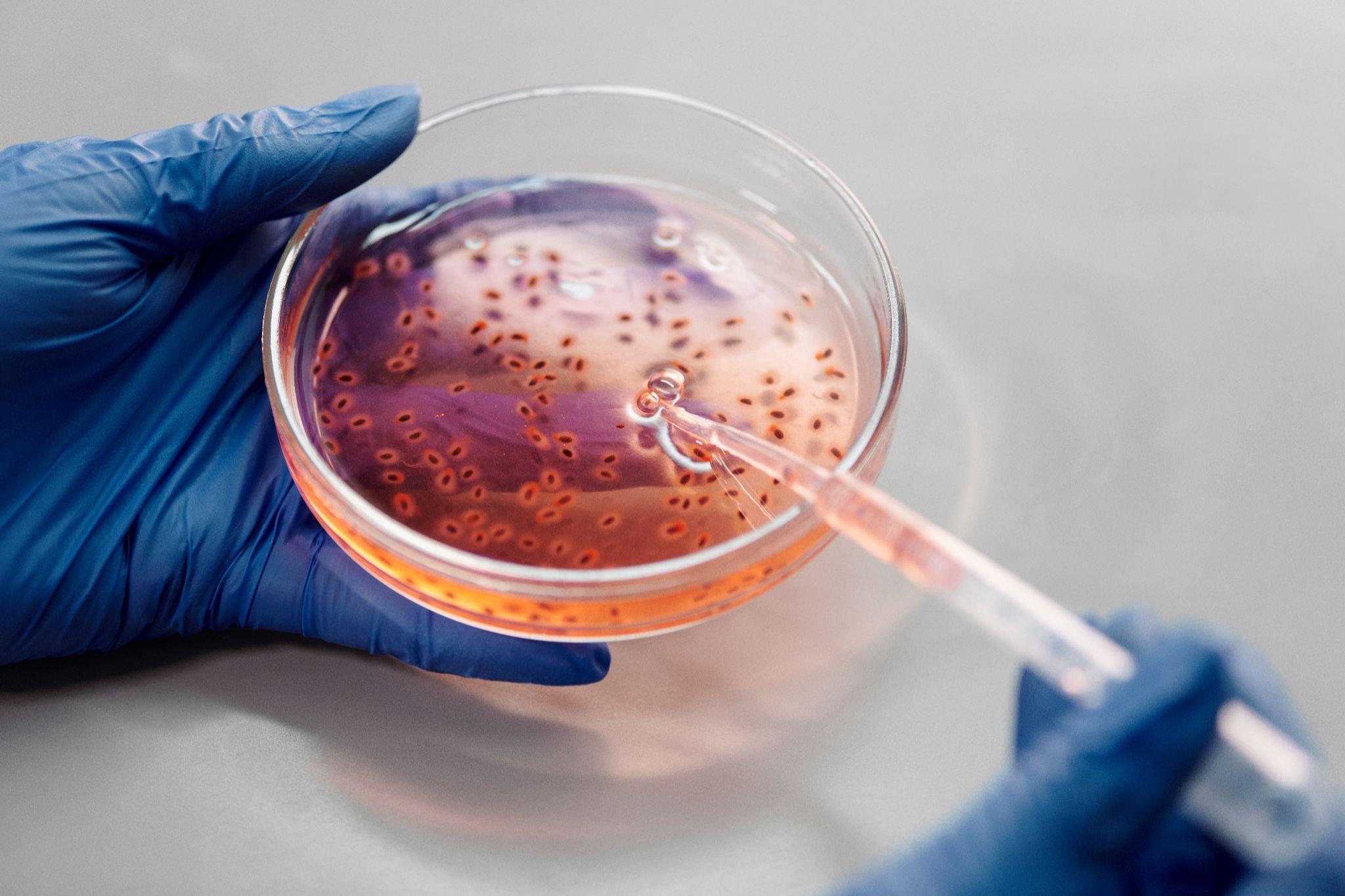
Since the early 1990s, a new phenomenon for that time has opened to consumers in the United States – GMO foods. Then three organizations – the United States Food and Drug Administration (FDA), the United States Environmental Protection Agency (EPA) and the United States Department of Agriculture (USDA) – began to work together to ensure the safety of crops grown in genetic engineering assistance. In addition, Congress coined the term bioengineered food when the National Bioengineered Food Disclosure Standard was adopted.
We all know or at least have heard what a GMO (or a genetically modified organism) is. This is a plant, animal or microorganism whose DNA has been altered by genetic engineering. According to the WHO definition, genetic changes in organisms naturally (as a result of reproduction or natural recombination) would be impossible. Today, a wide variety of products are available to people all over the world – both with GMOs and analogues without gene “corrections”. But there is definitely confusion on this issue: the use of genetically modified products is overgrown with myths and doubts. How safe is it for public health and how is it applied?
GMO crops are not only used as feed for some animals – for example, cows, chickens, fish – but also participate in the creation of ingredients for the production of various products – chips, snacks, vegetable oils, flakes. In short, GMOs are a large part of today’s food supply.
For each country there is a main and basic rule related to the products of genetic engineering: such food must be safe for humans, animals and the environment.
Why does humanity need GMOs at all?
To begin with, modified products are far from new. For more than 10 thousand years, people have adapted food to their needs and tastes, and have used traditional methods to change crops, for example, crossing, selective breeding and breeding of mutations. Using such methods, genes from different sources were combined, revealing new varieties of corn, seedless watermelons, and so on to humans. High yields, increased shelf life, improved product appearance and nutritional quality are ideas that have long been followed by people, modifying familiar crops.
Today, when genetic engineering exists, the reasons for changing products remain the same as thousands of years ago, but more technological.
It is important that scientists use a “good” gene – for example, one that provides resistance to drought and insect attacks. This greatly improves the quality of the food or ingredient.
GMO products have the same benefits and safety for human health as their “pristine” counterparts. In addition, some GMO plants have been tweaked to improve nutritional value — for example, genetically modified soybeans have been created with healthier oils as a replacement for trans fat oils.
When the abbreviation GMO came into use at the end of the last century, External Link Disclaimer conducted a study that proved the safety of such products for nature, human health, and for animals whose feed contains GMOs.
By the way, with the help of genetic engineering, some plants were endowed with greater “endurance” – for example, resistance to insects. Thanks to this, there was no need to use some pesticides for spraying crops. Certain GMO plants are also designed to help farmers fight weeds.
Agree, the phrase “genetically modified product” often raises concerns and questions in people. SuperFood spoke with experts on the effects of GMO foods on the body to understand the issue and gather more information.
Stefanova Isabella Lvovna, Doctor of Technical Sciences, Chief Researcher of the Laboratory of Technology for Children and Special Products of the All-Russian Research Institute of the Poultry Processing Industry, shared with us her professional opinion regarding GMO food.
According to the expert, it is in principle difficult to talk about the “originality” of some products. Because history does not stand still, and there are a lot of products modified over time.
“Gene modification is the artificial production of the desired gene. What could be the danger? The fact is that this is a complex process, and thorough tests are carried out when a new modified product is obtained – otherwise the effect from it may be unexpected. But according to the existing law, any altered gene must undergo serious research – this is mandatory, – the specialist explains. –
Personally, I have nothing against GMOs. If this were not the case, the world would be starving. “
The expert noted that gene modification is not used in the creation of children’s and some specialized nutrition. “I think people are afraid that the product has been ‘under-researched,’” says the doctor.
Given that the WHO does not prohibit the use of genetic engineering in the food industry, many people breathe out calmly at the sight of the words “Non-GMO” on the packaging. Why?
“These days, marketing is driving people’s opinions. To sell their product, many manufacturers try to put pressure on a person’s “sore spot”. In this case, with the help of GMOs: the population is scared of everything connected with “chemistry” and development, ”comments Antonina Shagina, nutritional technologist, member of the ethics committee of the public association“ Nutritionologists of Russia ”.
The expert noted that there is a lot of both reliable and false information on this topic on the Internet, and it is very difficult for a person who does not have knowledge to distinguish truth from lies.
“In fact, GMOs are safe. More than 130 research projects have been carried out, which confirm this. GMOs are a good option to cope with hunger on Earth, because more food can be produced this way, ”says the specialist.
According to the nutritionist, the population needs to have reliable information and not read unverified data sources.
Some information taken and translated from the FDA website
The material was prepared by Alexandra Goryunova
